Explore The True Expenses Behind Bitcoin Mining
Bitcoin mining started as a niche activity done on home computers. Now, it’s a full-scale industry drawing attention from investors, tech entrepreneurs, and even governments. The chance to earn bitcoin by helping secure the network seems appealing. But behind that promise lies a complex balance of cost and reward.
Mining isn’t as simple as plugging in a machine and waiting for coins. It involves calculating costs carefully—electricity, hardware, repairs, and cooling. Profitability depends on market conditions, and small shifts in energy rates or bitcoin prices can turn gains into losses.
People still enter mining for various reasons. Some want to support the Bitcoin network. Others hope to turn a profit by running efficient operations. Whatever the motive, understanding the true cost is essential before jumping in.
Breaking Down the Hardware Investment
Mining begins with equipment. Specialized machines, called ASICs (Application-Specific Integrated Circuits), dominate the field. These devices are designed to perform the calculations that secure the Bitcoin blockchain. They work faster and more efficiently than regular computers.
ASICs aren’t cheap. Top-tier models cost several thousand dollars each. And technology changes quickly. What’s efficient today may be outdated next year. That forces miners to upgrade often or fall behind in earning capacity. Depreciation is real, and resale value can drop fast.
In addition to the miners themselves, there’s supporting gear—power supplies, network equipment, and sometimes entire shelving units. For anyone running more than a few devices, the startup costs add up quickly. Before even earning a cent, thousands may be spent just to get started.
The Ongoing Cost of Electricity
Electricity is the heartbeat of mining. ASICs run 24 hours a day, consuming power to solve blocks. The more powerful the hardware, the more energy it uses. That energy isn’t free—and often becomes the biggest monthly cost.
In regions with cheap electricity, mining can be sustainable. Places like rural parts of North America or hydro-powered areas have rates low enough to make mining profitable. But in cities or countries with higher rates, electricity costs can outpace bitcoin earnings.
To stay profitable, miners often chase the cheapest energy sources. Some move to locations with surplus energy. Others use off-grid solar or wind. But all miners must track their power usage closely. A spike in rates—even for a short time—can erase weeks of gains.
Understanding Mining Difficulty and Block Rewards
Bitcoin adjusts itself to maintain a steady pace. Every 10 minutes, on average, a new block is added to the blockchain. If more miners join the network, Bitcoin increases the difficulty of solving these blocks. This keeps things fair, but also means existing miners must work harder.
Block rewards are the main payout miners receive. Right now, each block gives a set amount of bitcoin, but that reward halves roughly every four years. As of now, miners get 6.25 bitcoins per block. That will drop to 3.125 after the next halving event.
This combination of increasing difficulty and shrinking rewards puts pressure on miners. To stay ahead, they must upgrade hardware, optimize power use, and manage operations tightly. It’s not just about turning on a machine—it’s about running an efficient, flexible business.
Cooling and Maintenance Add Hidden Expenses
Mining gear gets hot. The high-speed calculations produce significant heat, and without proper cooling, machines can overheat or fail. That leads to downtime, repair costs, and shorter machine lifespans. Cooling isn’t optional—it’s part of staying profitable.
Some miners use basic fans and open-air setups. Others invest in large-scale ventilation systems or even immersion cooling, where machines are submerged in special fluids to control temperature. These setups cost more upfront but may save money over time.
Maintenance is another ongoing task. Machines need cleaning, parts may fail, and firmware updates are essential. Dust, humidity, and power surges all pose risks. If hardware sits idle due to breakdowns, earnings drop. Preventive care becomes just as important as buying the right equipment.
Location and Regulatory Factors
Not every place is miner-friendly. Local laws, zoning rules, and utility limits affect where miners can operate. Some countries encourage mining through subsidies or tax breaks. Others ban it outright due to environmental or economic concerns.
Regulations can change quickly. A region that’s profitable today might become impossible to operate in after a policy shift. China, once the world’s largest mining hub, banned the practice in 2021. That forced miners to relocate or shut down entirely.
For long-term operations, stability matters. Places with clear laws, consistent power pricing, and low risk of sudden bans attract serious miners. Running a mining setup without considering local regulations can lead to losses or even legal trouble.
Market Price Swings Affect Profitability
The value of Bitcoin on the open market plays a big role in mining success. When prices are high, earnings increase—even if costs stay the same. When prices fall, the opposite happens. A miner could be operating efficiently but still lose money during downturns.
Price swings in Bitcoin are common. A coin worth $60,000 one month might drop to $30,000 the next. This volatility makes it hard to plan. Miners need to decide whether to hold their coins or sell them right away to cover costs.
Some miners hedge their risks by locking in electricity rates or selling future earnings through contracts. Others build large reserves during profitable times to carry them through down cycles. Flexibility is key in managing earnings around unpredictable market trends.
Mining Pool vs. Solo Mining
Solo mining means trying to solve blocks alone. The chances of success are low unless you have massive computing power. Still, some people prefer this route in hopes of earning an entire block reward by themselves.
Most miners join pools. These are groups of miners who combine resources and share rewards based on contribution. Mining pool offers more consistent payouts and less risk. It’s popular with both small setups and large farms.
The downside is sharing profits and trusting the pool operator. If the pool mismanages rewards or goes offline, miners lose income. Choosing a reputable, reliable pool is part of a successful mining strategy.
Environmental Impact and Efficiency Upgrades
Mining’s environmental impact draws public concern. The energy use is real—and so are the emissions, depending on the source. Miners using coal or gas-based power face criticism. Those tapping into renewable sources help reduce that footprint.
The pressure to be greener is leading to new ideas. Some operations use waste heat to warm greenhouses or buildings. Others install solar panels or tap into hydroelectric plants. These efforts aim to balance profit with sustainability.
Efficiency helps too. Newer machines do more work with less power. By upgrading to better hardware and optimizing cooling, miners can reduce waste. Responsible mining isn’t just good for the planet—it often lowers costs, helping the bottom line.
Weighing Profit Against Real-World Costs
Bitcoin mining isn’t a guaranteed payday. It’s a business with upfront investment, monthly costs, and risks from every direction. Still, it remains popular because when done right, it can be profitable and rewarding.
The key is planning. That means knowing electricity rates, tracking bitcoin prices, and understanding hardware performance. It also means staying updated on laws, being ready to scale, and keeping costs under control through good maintenance and smart upgrades.
For those willing to dive deep and manage the details, mining can work. But it’s not a shortcut to riches—it’s a careful balance between risk and reward, where the real costs extend beyond just the machines and into strategy, location, and timing.




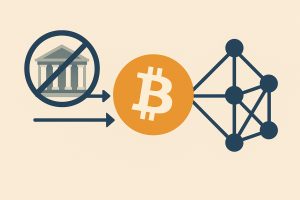
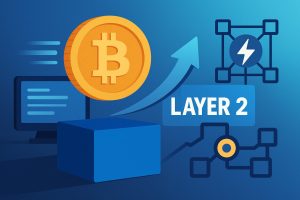
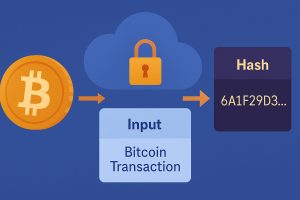

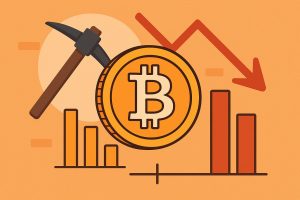
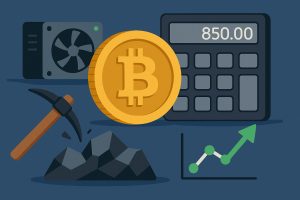
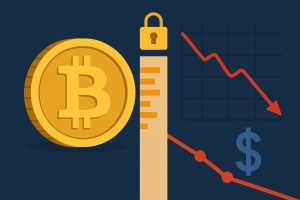

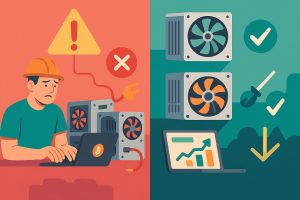
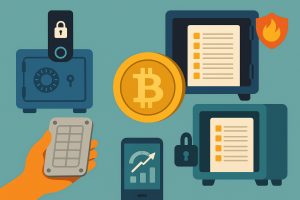
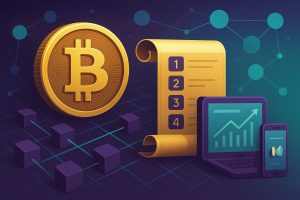

No Responses